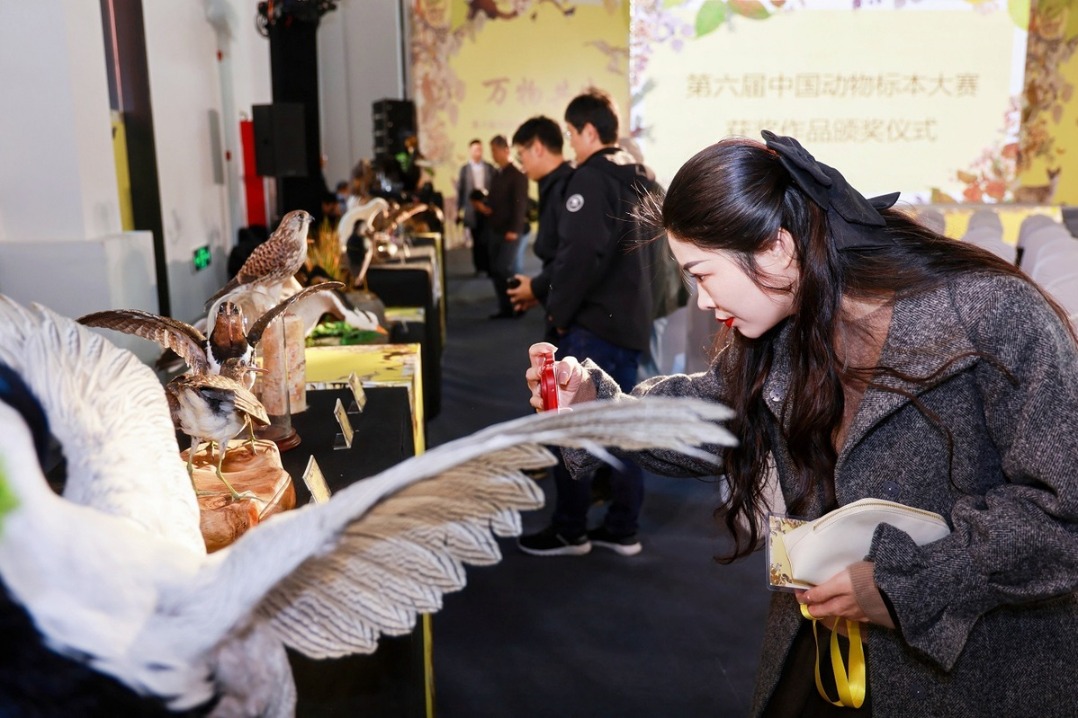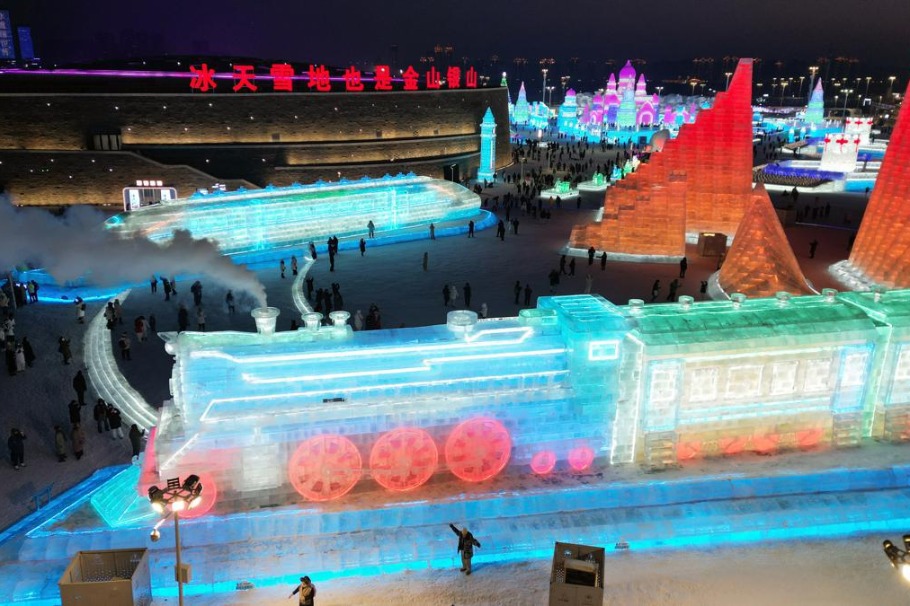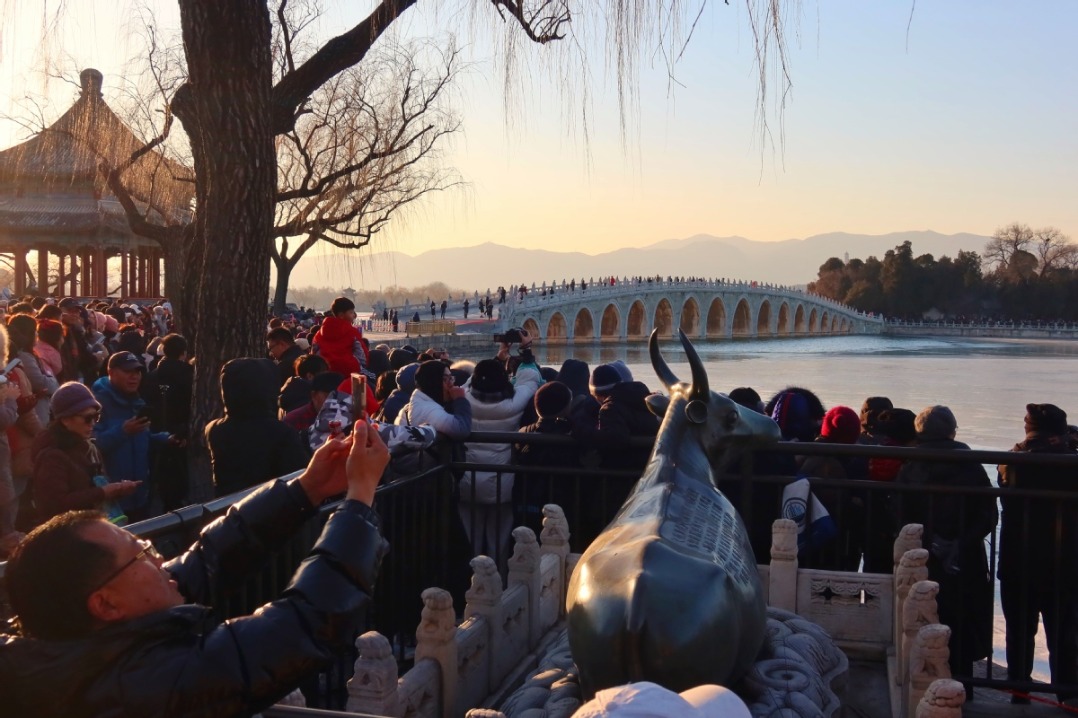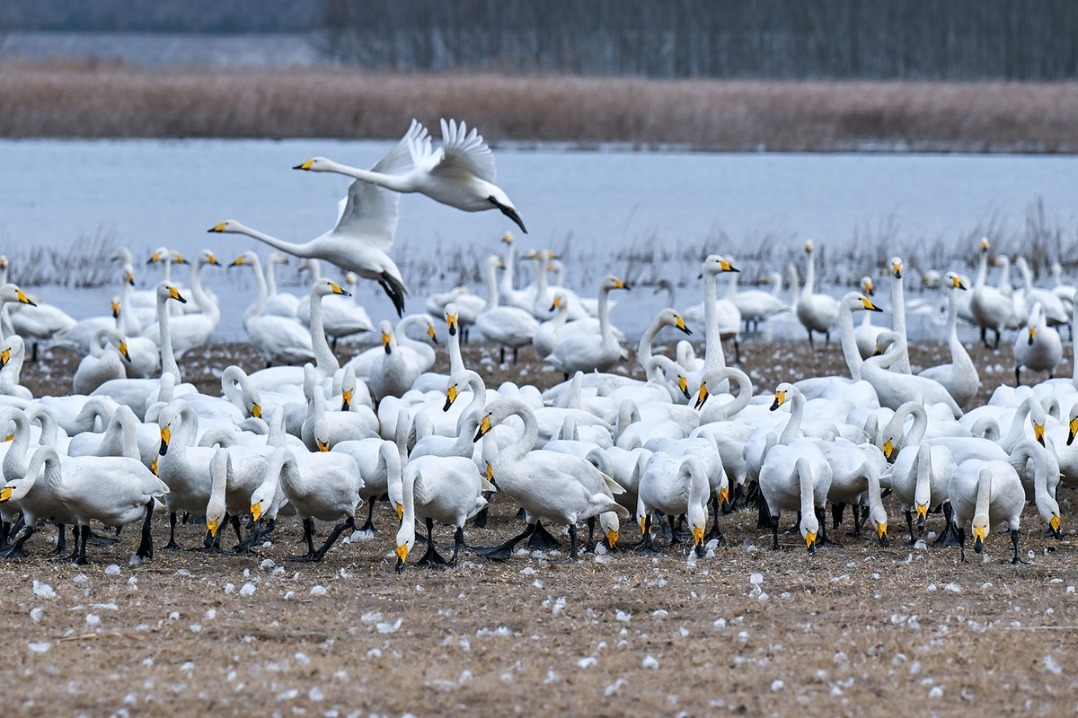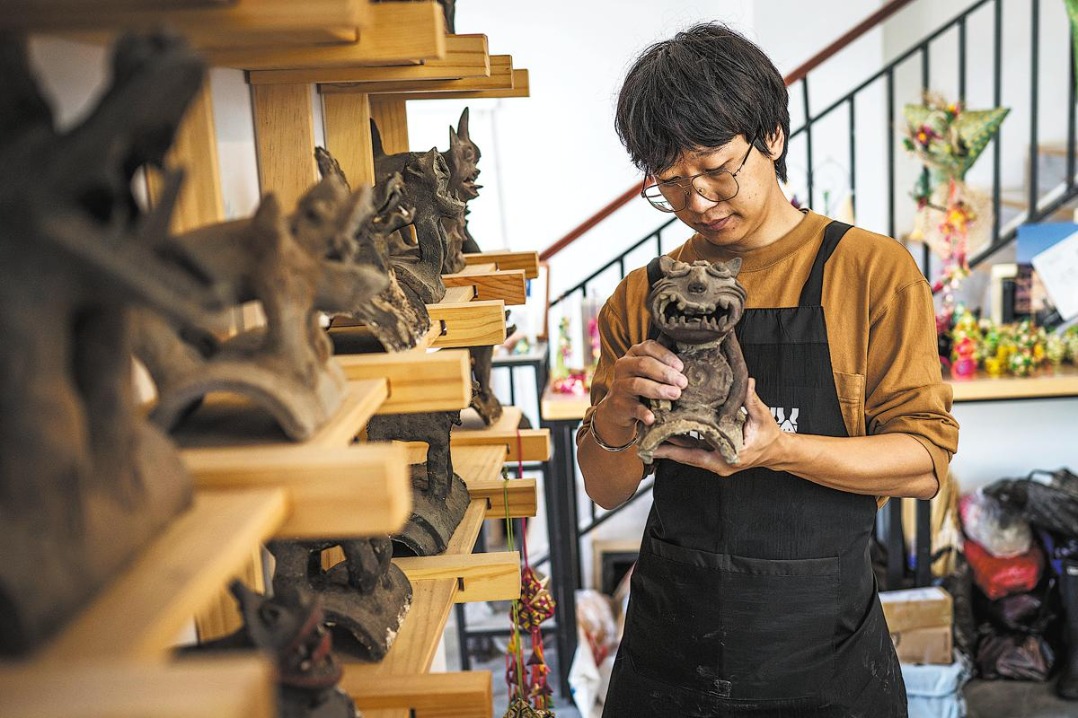Traffic lights alleviate camel congestion at popular desert scenic spot

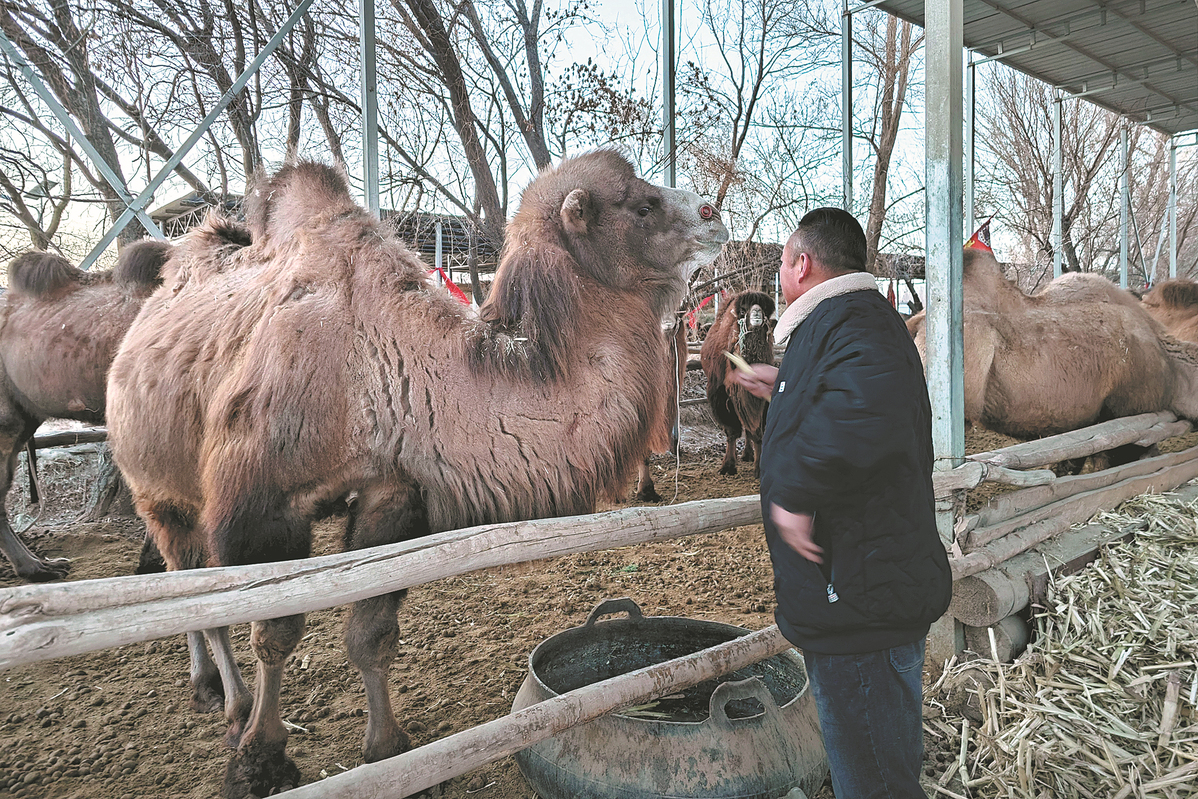
In the 1990s, before the establishment of the scenic area, only a few farmers in the village were engaged in camel husbandry. Locals used to rely on apricot cultivation as their main source of income. However, due to the village's proximity to the desert, farmland would often be engulfed by sandstorms, resulting in bad harvests and low returns.
"Our village was so poor that there was barely any girl willing to marry young men from here," village head Qin Zuotao recalled.
The rapid development of tourism has sparked hope for prosperity, and villagers are venturing into the camel walking business at the scenic spot.
Recreational activities for tourists initially revolved around posing for photos on the back of a camel but gradually included short camel rides. They now offer hourlong camel treks in the desert.
A regular camel trek costs 100 yuan ($14), with the camel owner earning 70 yuan. In summer, the peak season, the scenic area is home to roughly 2,000 camels dedicated to tourism, with each camel undertaking three treks a day.
Qin said that 80 percent of the village's 274 households are now involved in camel-related tourism.
That also means competition has intensified, and to ensure fair working and resting times for each camel, the village has decided to issue camel licenses.
The scenic area has offered camel herders training on visitor reception protocols and emergency procedures.
They also learn to speak basic English for better communication with foreign tourists.
- Shanxi ends province-wide blanket fireworks ban
- Audit: China fixes bulk of fiscal problems tied to 2024 budget
- China reports major gains in circular economy
- Chinese lawmakers review draft revision to banking supervision and regulation law
- Top legislature to study draft laws on environment, ethnic unity, national development planning
- Administrative organs must secure people's interests: senior judge

















